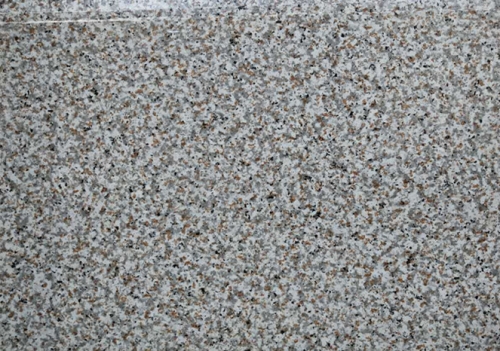
With the continuous improvement of energy conservation and environmental protection requirements, the insulation technology of building maintenance structures is also constantly strengthening, especially the insulation technology of external walls has been developed for a long time, and has become an important building energy-saving technology in China. At present, the external wall insulation commonly used in construction mainly includes metal engraving board, external insulation, internal and external mixed insulation, etc. However, in the construction of different insulation methods, various quality problems have also appeared. The problems caused by the embossed plates are analyzed to prevent the quality problems in the project.
The metal engraving board is a construction method in which the inner side of the outer wall is made of a heat insulating material such as a benzene board or a thermal insulating mortar, so that the building can achieve the heat preservation and energy saving effect. The construction method has the advantages of convenient construction, low requirement for verticality of the external wall of the building, and quick construction progress. In recent years, it has also been frequently used in engineering. However, the quality problems brought about by the internal insulation of the external wall also followed.
One obvious drawback of metal engraved panels is that the presence of structural cold and hot bridges causes excessive local temperature differences resulting in condensation. Since the location of the internal thermal insulation protection is not protected by the thermal insulation material only on the inner wall of the building and the inner wall of the inner wall and the corresponding outer wall of the panel, a cold and hot bridge is formed in this part, and the temperature and interior of the indoor wall in winter The wall temperature difference is about 10 °C, and the temperature difference between the wall and the room can reach 15 °C or more. Once the indoor humidity conditions are suitable, condensation can form here. The impregnation or freezing and thawing of the dew condensation water may cause mildew and cracking of the thermal insulation wall. In addition, in the winter heating and summer cooling buildings, the indoor temperature varies little with day and night and seasons. This temperature change causes linear deformation and volume change of the interior walls and floors of the building. However, the temperature changes caused by the external temperature and the radiant heat of the sun on the outer wall and the roof are large. When the outdoor temperature is lower than the indoor temperature, the external wall shrinks faster than the internal thermal insulation system. When the outdoor temperature is higher than the indoor temperature, the external wall expands faster than the internal thermal insulation system. The internal thermal insulation system is always on the basis of an unstable wall. Under the repeated action of the deformation stress, not only the external wall is easily damaged by the temperature difference stress, but also the hollow crack of the internal thermal insulation system is easily caused.













